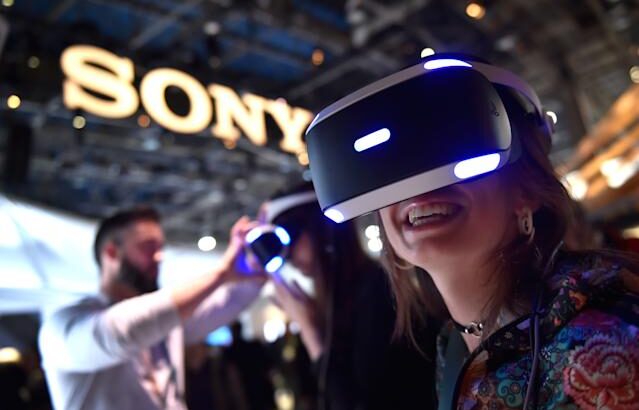Since the iPod debuted on October 23, 2001, Sony had troubled. The Apple music player immediately made the Sony Minidisc Walkman Device and the Sony Memory Stick looked ancient. The iPod can accommodate up to 1,000 songs on a spacious 5GB hard drive (at that time). Sony, meanwhile, also released a Walkman in the same month as a 128MB memory stick, the largest size available at that time. The iPod becomes a cultural phenomenon, strengthens Apple as a consumer electronic innovator outside the computer world. It took Sony until 2004 to produce its own music player with a hard drive, effectively killing whatever relevance it has in the world of mobile music. Whoops.
It was just the beginning of the spiral down to Sony. The company is also famous for missing e-reader (although it reaches the market before Amazon’s Kindle) and a smartphone (although the cellphone features Sony Ericsson is quite popular). It was a rocky time for the past few decades that Engadget Smith’s mat was nicknamed Sony The Catch-Up King in 2014, after leaving the Vaio PC business. It was a famous defeat for Sony; Vaios practically the only stylish PC throughout the 90s and early 2000s. Even Steve Jobs is known to admire the Sony PC design, so he tried to make the company produce Vaio machines that run Mac OS X in 2001. Obviously, the discussion never went anywhere.
Even now, because Sony riding on the Playstation 5 and focuses on being a giant entertainment, the influence of the company is far from its heyday. Sony was used to dominate the TV world with CRT Trinitron, an innovation so far beyond the initial color TV that won Emmy in 1973 – the first for each consumer electronics product. Walkman practically taking over the world, popularizing the idea that you can listen to your favorite songs anywhere. The question faced by Sony now: How can I return to being an innovation leader?
Outside the Playstation (which now forms the most of its business), Sony has a reputation to follow. It has a strong lineup of mirrorless cameras, but so does Nikon, Fujifilm and Canon. It led the image sensor market, but it was mainly translated into a better camera on the iPhone, rather than making people want to buy Sony phones. (Recognized, Xperia 11 is very good, but it comes after years of forgotten hardware.)
To be fair, Sony has done a solid job to play its business from the sad 2000s. Howard Stringer, CEO of English first-speaking company, tried to bring Western style management to a very traditional Japanese company. But it was not enough to help Sony succeeded in facing the 2008 economic crisis, or dealing with the rise of newcomers of consumer electronics such as Samsung and other low-cost competitors. Kazuo Hirai, a former Playstation leader who took over the CEO of Coat in 2012, turned to layoffs and cost cutting costs (such as the neglect of the PC mentioned above) to stabilize the company. He completed his goal in 2018, when Sony could finally report a strong profit, and immediately announced his retirement.
Kenichiro Yoshida, former Head of Finance and CEO at this time Sony, also plays an important role in helping the company recover. But for Sony to restore his glory before, it needs to be done more than lasting: he needs to find ways to develop again.
Sony can try to imitate more dominant competitors like Samsung, but it will be difficult, according to Ross Rubin, the main analyst at Reticle Research. “It is very difficult to compete with Samsung because of their outstanding marketing budget, their extensive portfolio, their operator’s relationship, and their consumer ecosystems (far) to Apple,” he said. A better choice is likely to follow Microsoft’s steps towards Cloud, which is more about serving professional users and vertical markets (i.e., provide something that can be used by several companies).




